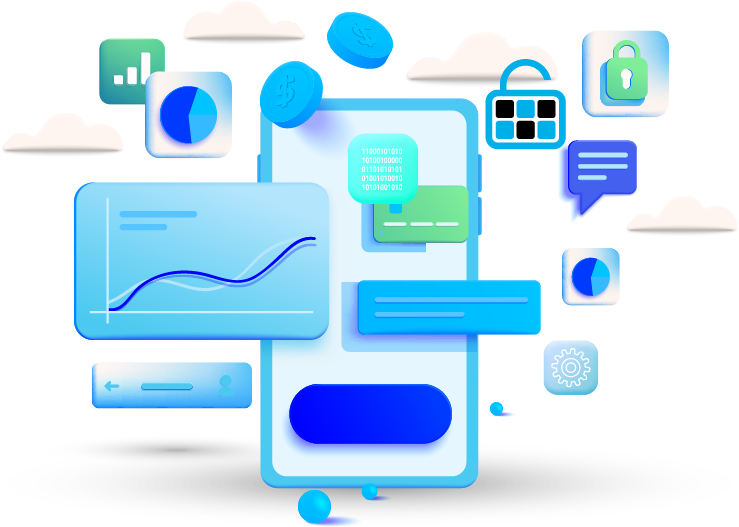
eBook: Is your app among prime targets?
Find out which vulnerabilities and threats are typical for gaming, smart home, IoT, healthcare, and fintech industries and how to protect your mobile application with high-level security mechanisms.

IoT made great breakthroughs in the healthcare department. Real-time monitoring of your patients with a pacemaker from the comfort of their home is a real success story. On the other hand, tampering with IoT in healthcare could lead to devastating consequences.
Getting access to the entire history of the patient's medical records is not the only concern. IoT in healthcare security risks can be divided into three categories:
Overtaking control of medical IoT devices tampering with their functionalities, such as alarms for taking prescriptions, can jeopardize the safety of patients. A simple example of tampering with the output metrics of a pacemaker can result in a wrong prescription given by the doctor. Consequences may be fatal.
Disturbed denial of service attacks, or short DDoS, direct huge amounts of internet traffic toward the target, making the system overwhelmed. This causes permanent or temporary loss of access to medical services.
IoT devices commonly use cloud infrastructures, which are by default multi-tenant environments. This requires security measures that regulate the access and minimize the possibility of unauthorized access.
Probably the most concerning case scenario is device hijacking, depending on the motive. Device hijacking refers to gaining control of the device and stealing medical records or infecting the device with malware. The worst-case scenario is the use of the device to harm the patient directly.
The patient's medical records are confidential and available to the patient and the medical personnel responsible for the patient. In case an attacker gains access to the medical records, any type of modification or even a copy of a medical document may be a threat to the patient's informational security.
It is common that among patients' medical records, attackers gain access to sensitive information, including personal information as well as credit/debit card information, social security numbers, and more.
App Protector is a security technology that integrates with the application's runtime environment, capable of controlling application execution, detecting early intrusion, and preventing real-time attacks. The end goal of App Protector is the protection of all of the application's stakeholders. This includes developers, app owners, as well as application end-users.
App Protector detects threats present within the device on which the application is installed, alerts, and neutralizes those threats. In case of misuse detection, App Protector responds in one out of three ways:
It comes in two modes, offline and online. The offline mode offers hardcoded configuration, while the online mode comes with a portal that enables configuration customization by allowing the selection of a wanted response for the individual security threat. App Protector is successful at detecting and preventing mobile app threats such as jailbreaking/rooting, debugging, emulator fraud, hooking, and screen recording.

Find out which vulnerabilities and threats are typical for gaming, smart home, IoT, healthcare, and fintech industries and how to protect your mobile application with high-level security mechanisms.
To find out more about our App Protector solution, contact us or visit our blog section.